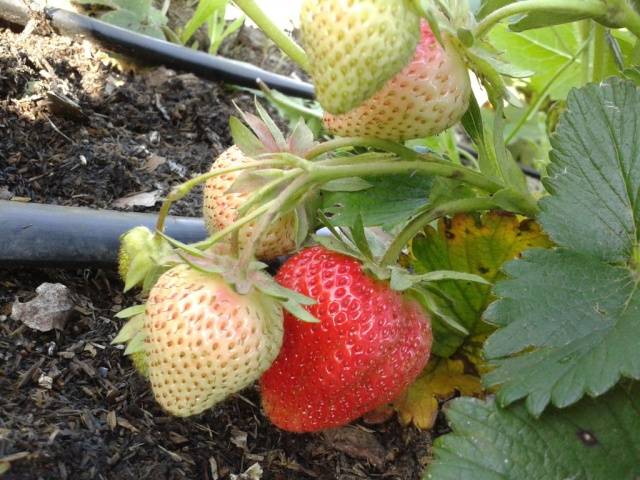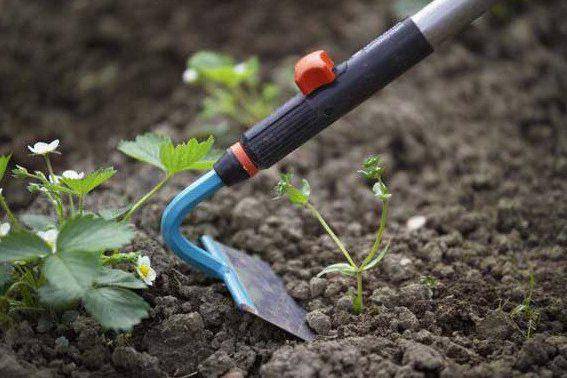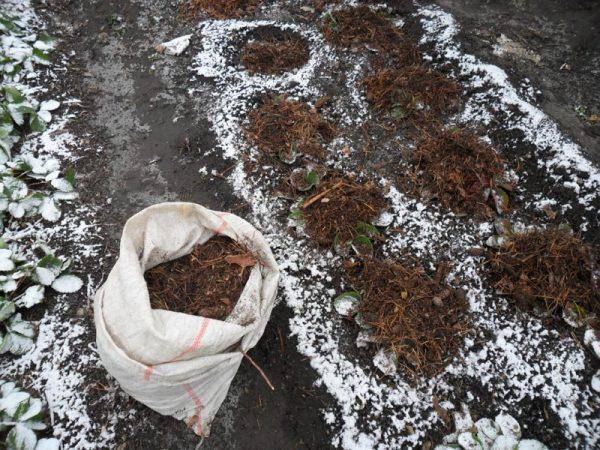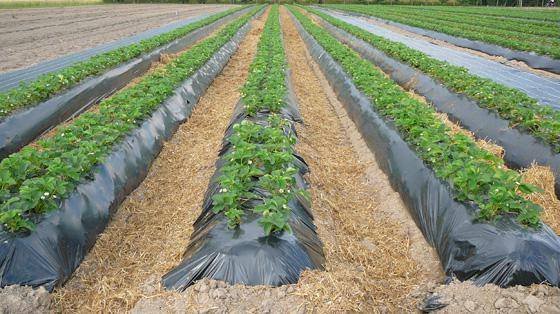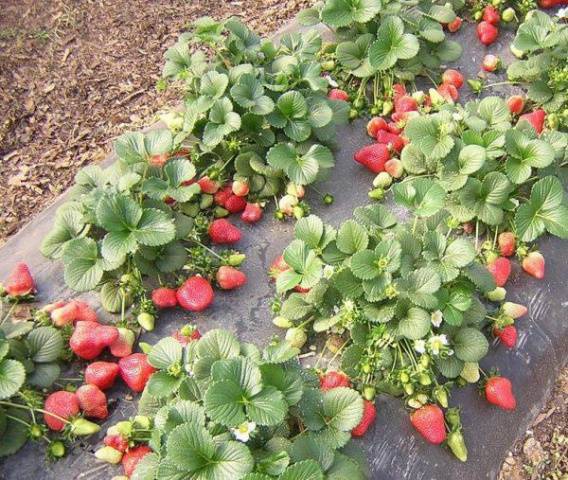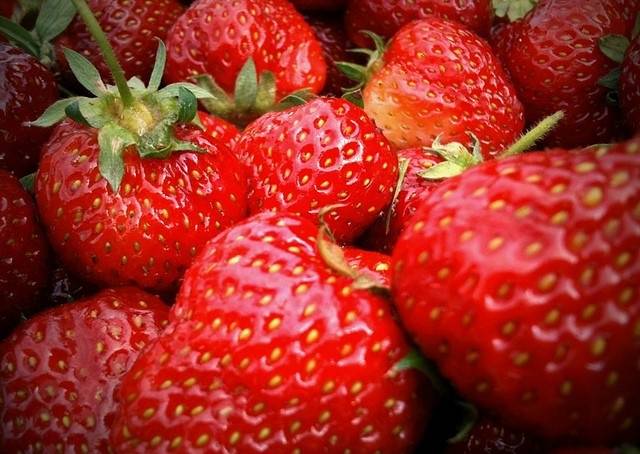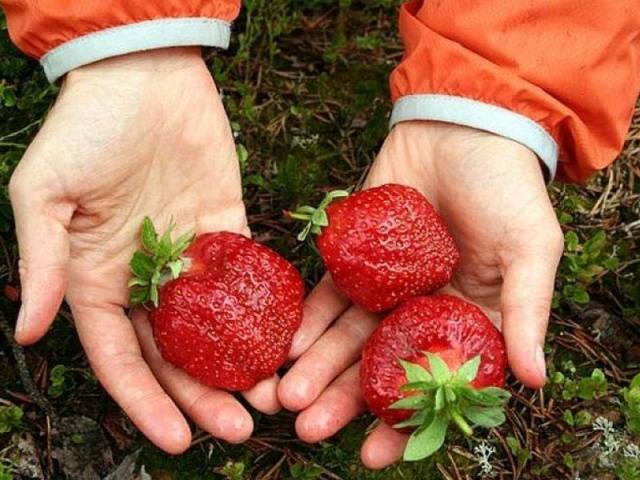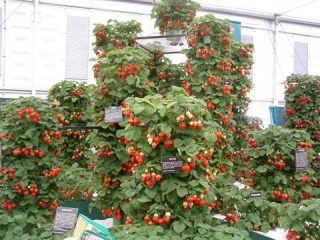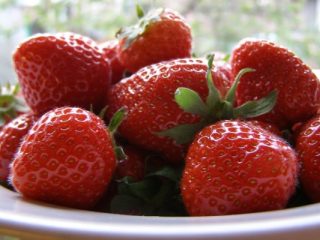Content
The new strawberry variety Vima Zanta has not yet gained much popularity. However, gardeners who were lucky enough to grow this culture noted the good taste of the berries and the good frost resistance of the bushes. By its origin, the Vima Zanta strawberry is a hybrid of the Dutch selection. A related variety is considered Vima Tarda... The total series of Dutch varieties also includes Vima Rina and Vima Xima, but they are not related to the hybrid of Vim Zant.
Variety characteristics
Relatives of the Vima Zanta hybrid are two well-known varieties:
- Elsanta always taken as a standard. This variety became one of the parents of the Wim Zant hybrid.
- Corona is the second parent of the hybrid. The aroma and good taste of the berries are borrowed from the variety. And now we will take a closer look at the photos, reviews, descriptions of the Vima Zanta strawberry variety, and learn the rules of agricultural technology. Let's start with the characteristics of the variety:
- In terms of ripening of berries, Vima Zanta is considered an early ripening hybrid, but strawberries can also be attributed to mid-early varieties. Reddening of fruits begins in the third decade of May or falls at the beginning of June.
- The yield of the variety is high. Up to 80 centners of berries can be harvested from 1 hectare. In terms of yield, the Vima Zanta hybrid has surpassed even its parent, the Elsanta variety. The Vima Zanta variety will give its maximum yield only in the second year after planting.
- The culture is characterized by a powerful structure of the bush. The shape of the leaves is the usual strawberry, but they are slightly curled inward and resemble a boat. This is a distinctive feature of the variety.
- The berries grow large. The skin color is deep red, but there is no gloss. The first fruits grow in a more rounded shape. The berries of subsequent harvest waves acquire a conical shape with a flattened neck. This is another important trait that distinguishes the Wim Zant hybrid from other similar varieties. Fruit weight is small. The less watering, the lighter the berries. Strawberries from a lack of moisture do not grow juicy, but inside they may even be hollow.
- Taste qualities are pronounced. The pulp is much sweeter from the famous Clery variety.
- The peduncle is formed at the level of the foliage. Stems are strong, resistant. The hybrid is characterized by intense whisker growth.
- The fruits are easily separated from the sepals. Strawberries are capricious in transportation. The pulp of ripe berries is rather soft and is simply crushed during transportation in boxes.
- The Wim Zant hybrid inherited from its parents a high resistance to diseases, in particular, to fungus and root rot. The culture has medium resistance to powdery mildew.
This is how you can describe the description of Wim Zant's strawberries, and now let's get acquainted with the conditions of agricultural technology.
Growing strawberries
About the Vima Zanta strawberry variety, reviews say that the culture requires good attention. Plants do not like thickening very much. Each bush should have at least 25 cm of free space around it. A tight fit will result in a slight whisker formation and a reduction in ovary.
Strawberries are planted in rows in the garden. Optimally, the row spacing is about 45 cm. This is good for plants and it is easier to pick berries. Vima Zanta loves sunny areas of the garden where maximum light gets in. You don't have to worry about the berries. Strawberries will not take care even under the scorching rays of the sun. But in the shade, the fruits lose their natural color and taste.
The Vima Zanta strawberry variety is very picky about the soil. On poor soil, you don't even need to try to grow a culture. Feeding with organics and minerals is a must. For the first time, mineral fertilizer is applied directly into the hole when planting a seedling.Subsequent feeding is performed with organic mixtures until the ovary appears. The last time in the season, fertilizer is applied after complete harvesting. Top dressing is needed so that the strawberries gain nutrients before wintering.
In summing up the description of the Wima Zanta strawberry variety, let's take a look at its merits:
- early ripening of berries and the versatility of their use;
- up to 2 kg of fruit can be harvested from one bush;
- leaves and root system are resistant to disease damage;
- berries grow weighing up to 40 g are very sweet and aromatic.
There are also many disadvantages of this hybrid:
- capriciousness to the composition of the soil and terrain;
- strawberries require careful maintenance, especially regular mustache removal and watering;
- in cold regions, the bushes need to be carefully covered for the winter;
- transportability and preservation of berries is poor.
Despite all the disadvantages, the Dutch hybrid is popular with private gardeners. Many of them argue that caring for Vima Zanta is no more difficult than for any other strawberry.
Strawberry care
Caring for any variety of strawberries involves performing the same steps. However, there are still some nuances. When caring for a Vim Zant hybrid, the characteristics of both parent varieties must be taken into account. This is the only way to achieve a good harvest. The rules for caring for the Vima Zanta variety require the following actions:
- The hybrid loves watering abundantly so that the berries are full-bodied. You will have to do this often. Moreover, during flowering, it is impossible for the water to fall on the peduncles. Watering plants at the root is difficult, especially on large plantations. The only way out of the situation can be the arrangement of drip irrigation.
- The bushes of the Wim Zant hybrid are powerful, but the grasses may not survive in the thickets. Weeds pulls a lot of nutrients from the soil. It is better to do weeding in a timely manner, avoiding the appearance of grass.
- If you want to get an early harvest, you have to work hard. Frosts are often observed in a protracted spring. So that they do not destroy young shoots, strawberries are covered with agrofibre at night. Such actions will help to get the first ripe berries about 10 days earlier.
- The Vima Zanta strawberry is considered a winter-hardy hybrid, but the threat of freezing exists. In the absence of snow during severe frosts or frequent thaws with freezing of the soil, the root system of plants suffers. You can provide reliable insulation by covering the strawberries with mulch for the winter. Straw, leaves, sawdust and other natural waste will do. Agrofibre can be used as mulch for winter shelter.
- Mulch is useful not only in winter, but also during the growing season. It will prevent rapid evaporation of moisture, protect plants from pests, plus it will become an additional organic fertilizer. Sometimes gardeners even use pine needles for mulch.
- Recently, the technology has gained wide popularity growing strawberries on film... A bed is covered with a black cloth, and windows are cut with a knife in the places where the seedlings are planted. The film prevents moisture from evaporating from the soil and prevents weeds from growing.
The mustache is removed from the strawberries so that they do not weaken the mother bush. However, the plant needs to multiply. To obtain young shoots, 2-3 whiskers are left, and they are chosen by the strongest, and all the weak little things are cut off with scissors.
Spring pest control
Studying the reviews, the description of Wim Zant's strawberries is worth focusing on protecting the crop from pests. With the onset of spring, the larvae of various insects wake up in the ground. Weevils, ticks and other pests wander on the surface in search of food.All of them are eager to feast on juicy strawberry leaves and roots. In the spring, an important moment comes when the gardener must have time to protect young plants.
There are proven recipes for dealing with pests and diseases of strawberries, and now we will look at some of them:
- Gray rot appears on the berries in spots of a similar color. It is better to prevent ailment by means of prevention. Before the appearance of peduncles, the plants are sprayed with Bordeaux liquid. Copper oxychloride can be used. In any case, a weak solution is needed for prevention.
- Powdery mildew is very harmful to strawberries. You can prevent the appearance of the fungus by prophylactic spraying of the bushes with a solution of pale potassium permanganate. Colloidal sulfur dissolved in water shows a good result.
- Purchased strawberry seedlings may contain mites invisible to the eye on the leaves. Over time, the pest will destroy not only new, but also old plantings. To kill the tick, purchased strawberry seedlings are immersed for 15 minutes in water heated to a temperature of +45aboutFROM.
- At night, a special contingent of pests appears that loves berries. Wood lice, slugs and snails can be dealt with with pine needle mulch. A solution consisting of 1 bucket of water, 1 glass of sunflower oil and 2 glasses of vinegar will help get rid of the invasion of ants. The ready-made solution is simply poured over the strawberries, and the ants will forever forget the way to it.
- Copper sulfate continues to be a universal remedy for the fight against all parasites. Even before the buds appear on the strawberries, the blue powder is mixed with slaked lime and sprinkled with aisles in the garden bed.
- On growing strawberries with a spider mite, an infusion of tobacco or wormwood will help fight. A simple folk method is used to catch woodlice. You need to soak a lot of birch brooms in water and spread them in the evening on the garden bed near the strawberries.
Trying to protect strawberries from various enemies, you need to learn one truth: it is better to take preventive measures than then try to cure half-dead plants.
The video tells about the care of strawberries:
Testimonials
Now let's read about Wim Zant's strawberries reviews of gardeners.

